About Noordwijkerhout, The Netherlands
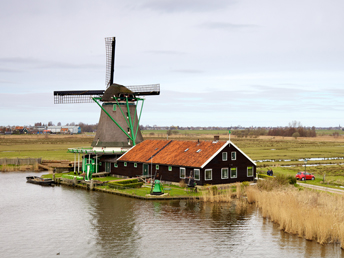 |
|
|
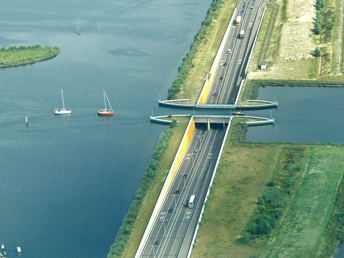 |
Seven million tourists and vast numbers of business people visit the Netherlands each year. The Netherlands is a hospitable country and easy to travel. No other country in the world is more strongly associated with water. Much of the Netherlands is a delta formed by three big rivers - the Rhine, the Maas, and the Schelde - and from ancient times ingenious solutions had to be implemented to help people keep their heads above the water. The low-lying position of the Netherlands intrigues and fascinates many foreigners. Land below sea level, what does that look like? Many imagine the "Low Countries" as marshy, half-submerged pastureland. A surprise awaits them at Schiphol, the national airport and in many other areas which although lying below sea level, impress with their beautiful flower fields. The term 'Dutch landscape' immediately conjures up images of vast polders and grassy meadows under high cloudy skies, as depicted in the paintings of so many Dutch masters. Perhaps we might also picture a landscape of lakes dotted with white sails or one of the sand dunes and broad beaches of the North Sea coast. But we would certainly not imagine the coniferous forests of the Veluwe, the heathlands of Drenthe or the hills and half-timbered cottages of Limburg. Yet these landscapes are just as 'Dutch' as the polders, the meadows, the lakes, and the sand dunes.
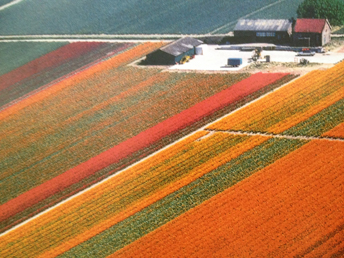 |
|
|
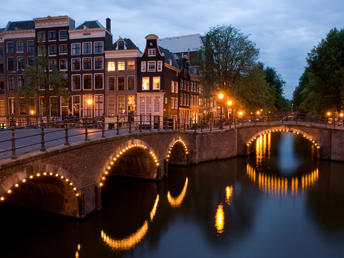 |
Further, the Netherlands is a land of flowers. People devote a great deal of attention to their gardens. Beautiful gardens can be seen in each town or village and beautiful flower fields can be seen outside the residential areas. Dutch towns and villages are just as efficiently arranged as the surrounding countryside, but what is particularly striking is the lack of any large metropolis. In the eyes of most foreigners, even the big cities are no more than provincial towns, though they do not have a strong cosmopolitan and historic character. The oldest structures in the Netherlands are in the thinly-populated province of Drenthe. They are 53 communal megalithic tombs. As for the cities, there are historic ones, such as Utrecht and Maastricht, which are among the many Dutch cities that are small according to international standards but nonetheless extremely charming and historically interesting. There are also modern cities, such as Rotterdam - the world's largest seaport, which are attractive with their modern architectures. This inspiring environment is complemented by many prestigious universities, including the three Dutch technical universities, namely Delft University of Technology, University of Twente, and Technical University of Eindhoven.
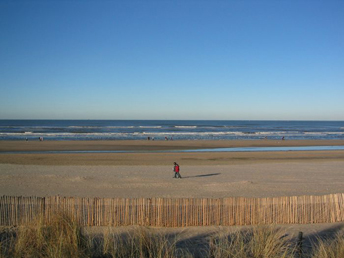 |
|
|
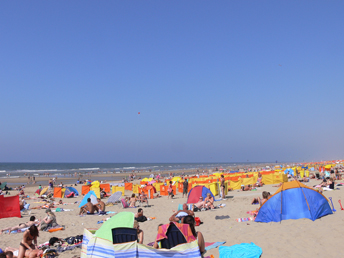 |
Ideally located among these three prestigious academic institutions is the Noordwijk area - the energetic heart of the famous bulb-growing region, with an eye-catching 13 km of fantastic sandy beaches. Some actually claim that the beach of Noordwijk is Holland's finest beach. The Noordwijk village itself is a modern village with rich history. Noordwijk's history dates back to approximately 2000 BC. This is when the first traces of inhabitants were recorded. The first historical documentation describes the torture of a priest, Jeroen van Noordwijk in 857. Jeroen, a Scottish Benedictine monk who came to Noordwijk in 847 to carry out his mission work and build a chapel, could have been the first priest of Noordwijk. Further, Noordwijk is the best conference destination in the Netherlands, and in particular Noordwijkerhout - neighbouring Noordwijk, this little town is located in an area called the "Dune and Bulb Region" (Duin- en Bollenstreek). In the spring when the bulb flower fields are in bloom, many tourists come to the region to admire them.